We include products we think are useful for our readers. If you buy through links on this page, we may earn a small commission Here’s our process.
Healthline only shows you brands and products that we stand behind.
Our team thoroughly researches and evaluates the recommendations we make on our site. To establish that the product manufacturers addressed safety and efficacy standards, we:
We do the research so you can find trusted products for your health and wellness.
Read more about our vetting process.Was this helpful?
You may be able to soothe foot pain with at-home treatment, including certain exercises and ice. But some symptoms may indicate a more serious condition that requires medical treatment.
Your feet do a lot of work. Whether walking around, standing for long stretches of time, or exercising, your feet are generally putting in long hours. There are many ways to soothe sore, tired feet at home. Generally, a combination of efforts will help rejuvenate your feet.
These ten methods may relieve your sore feet over time. Trying more than one of these recommendations may help ease your foot pain faster than just doing one at a time.
A warm foot bath may be just the ticket to alleviating foot pain. Adding Epsom salts to a foot bath can relieve your sore muscles and can even reduce swelling in your feet. You may be tempted to try other products in your foot soak like baking soda, but this ingredient is more likely to target skin-related conditions than soreness or swelling.
You can make an Epsom foot bath by adding one cup of Epsom salts to a tub of warm water. Soak your feet in this mixture for around twenty minutes for relief.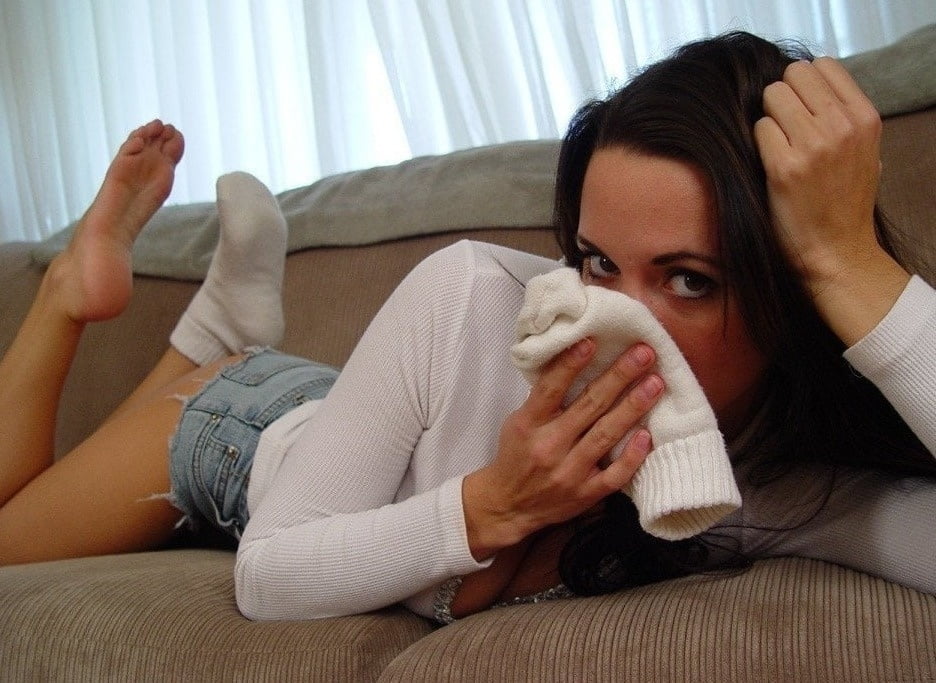
You can also try some stretching exercises to help your sore feet. You can target one area of your foot like your toes or heel, or you can engage in several stretches to target your entire foot. These exercises can prevent cramping and promote flexibility:
Keeping your feet flexible and strong are keys to avoiding foot pain. Walking regularly for exercise is actually the best way to keep your feet limber and healthy. Avoid engaging in a lifestyle that is too sedentary.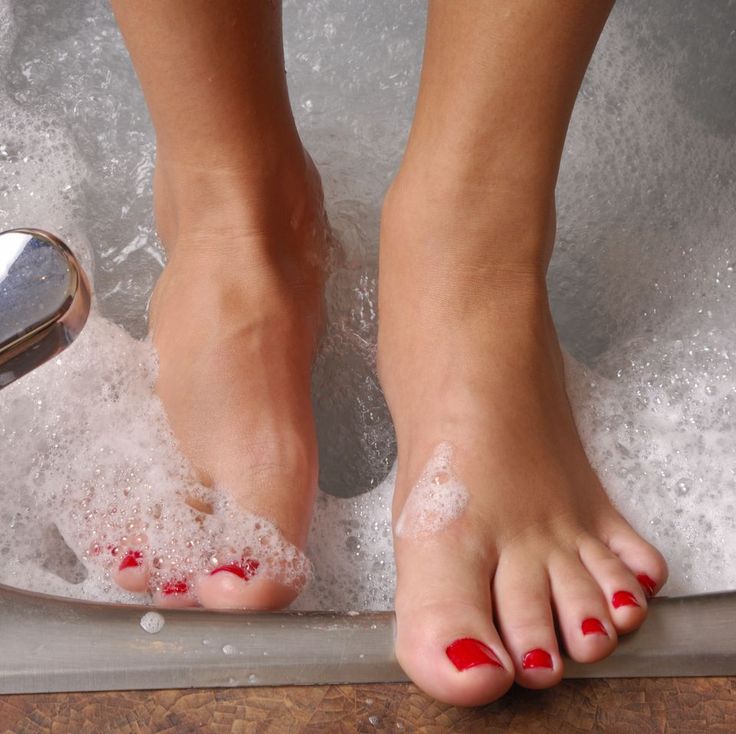 A pedometer may be a way to make sure you’re walking enough and keeping your feet active.
A pedometer may be a way to make sure you’re walking enough and keeping your feet active.
You can also try resistance exercises to strengthen your feet and prevent future soreness. You can use resistance bands or weights to build strength in your feet. Even your own body weight can serve you in resistance training.
Here are a few strengthening exercises for your feet:
You can massage your own feet to help soreness and improve circulation.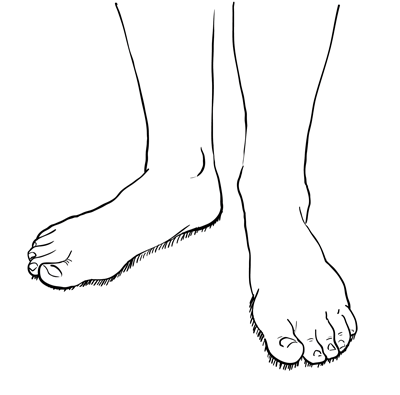 Sit down in a comfortable chair and rub and knead the bottoms of your feet. Pull apart and bend your toes to massage them. Using lotion or oil can help lubricate your skin, making it easier to massage the foot.
Sit down in a comfortable chair and rub and knead the bottoms of your feet. Pull apart and bend your toes to massage them. Using lotion or oil can help lubricate your skin, making it easier to massage the foot.
Products like foot rollers (which are textured cylinders), may also help massage the foot if you roll it on the floor with your feet.
Arch supports, or orthotics, can keep your feet stable while standing or walking, eliminating pain. You can purchase these at the store or have them custom made for you by a doctor. Both have shown to be effective in eliminating rear foot pain and improving overall foot functioning.
See arch supports for purchase online here.
Your shoes could be the culprit for your foot pain. Wearing shoes beyond their life span, the wrong style of shoe, or an incorrect shoe size can impact the health of your feet.
Keep in mind:

Consider purchasing new, well-fitting shoes to help your aching feet. Shoes that provide proper arches can give your feet new life. Also, wear shoes that work for whatever activity you’re engaging in. For example, wear sneakers when exercising.
Icing your feet can reduce inflammation that causes soreness. Apply ice to sore feet by filling a plastic bag with ice or rolling your feet on a frozen water bottle. Try to ice the affected area for 5 to 15 minutes a few times a day to help reduce inflammation.
There are several over-the-counter medications you can try for pain and inflammation. Medications like acetaminophen can target pain, while nonsteroidal anti-inflammatories, like ibuprofen and naproxen sodium, can target pain as well as inflammation.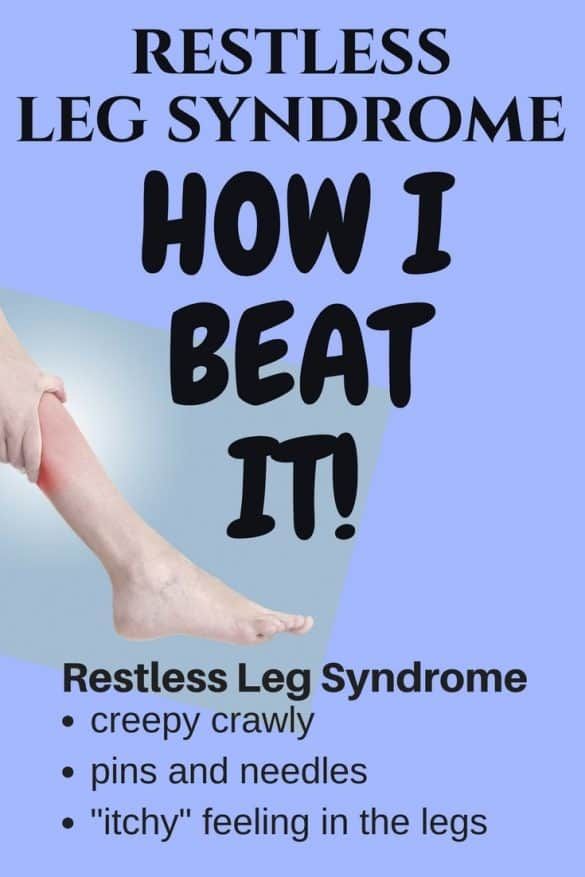
You may need to take these types of medications for a few weeks to completely relieve long-lasting foot inflammation. It may be helpful to talk to a doctor to find out how long you can take one of these medications and avoid the side effects.
You may find that applying a medication topically to your foot helps with foot pain. There are some products available over the counter that offer cooling and pain-relieving sensations. Some of these medications include ingredients like menthol, eucalyptus, and turpentine. Others contain salicylates or substance P to reduce pain.
You may be able to address foot pain while you’re sleeping. Night splints keep your feet in a locked position overnight so you don’t sleep with your feet pointing, which can cause foot pain.
One study suggests that night splints may be a cost-effective and useful way to treat plantar fasciitis, a common foot condition that affects up to 1 million people per year.
Buy night splints online.
Before you try home remedies for sore feet, consider if you have a more serious condition that should be seen by a doctor.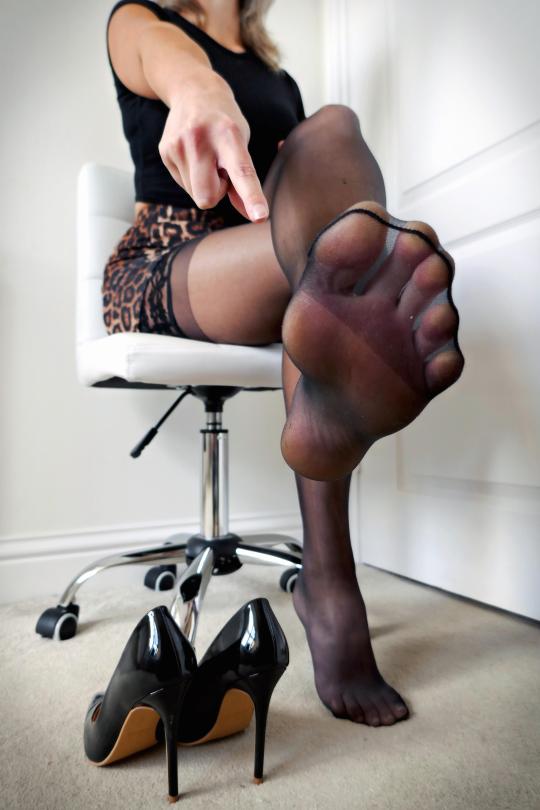 You may have injured your foot or developed a condition that can only be treated by your doctor.
You may have injured your foot or developed a condition that can only be treated by your doctor.
Contact your doctor if you:
You should contact your doctor right away if you have diabetes and experience any abnormalities with your feet, as this could be the sign of a serious condition.
There are many methods you can try to relieve sore feet at home. Try a few of these in combination to soothe your sore feet. Keep in mind that it may take some time for your sore feet to feel better.
Contact your doctor if you suspect a more serious foot condition, or if you have severe foot pain.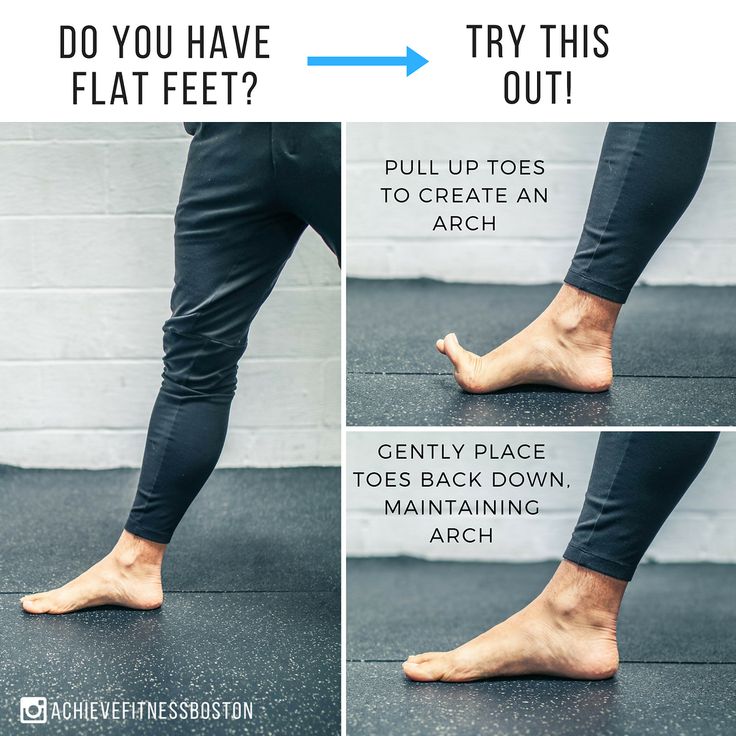 If you have diabetes and experience foot pain, call your doctor immediately.
If you have diabetes and experience foot pain, call your doctor immediately.
We include products we think are useful for our readers. If you buy through links on this page, we may earn a small commission Here’s our process.
Healthline only shows you brands and products that we stand behind.
Our team thoroughly researches and evaluates the recommendations we make on our site. To establish that the product manufacturers addressed safety and efficacy standards, we:
We do the research so you can find trusted products for your health and wellness.
Read more about our vetting process.
Was this helpful?
You may be able to soothe foot pain with at-home treatment, including certain exercises and ice. But some symptoms may indicate a more serious condition that requires medical treatment.
Your feet do a lot of work. Whether walking around, standing for long stretches of time, or exercising, your feet are generally putting in long hours. There are many ways to soothe sore, tired feet at home. Generally, a combination of efforts will help rejuvenate your feet.
These ten methods may relieve your sore feet over time. Trying more than one of these recommendations may help ease your foot pain faster than just doing one at a time.
A warm foot bath may be just the ticket to alleviating foot pain. Adding Epsom salts to a foot bath can relieve your sore muscles and can even reduce swelling in your feet. You may be tempted to try other products in your foot soak like baking soda, but this ingredient is more likely to target skin-related conditions than soreness or swelling.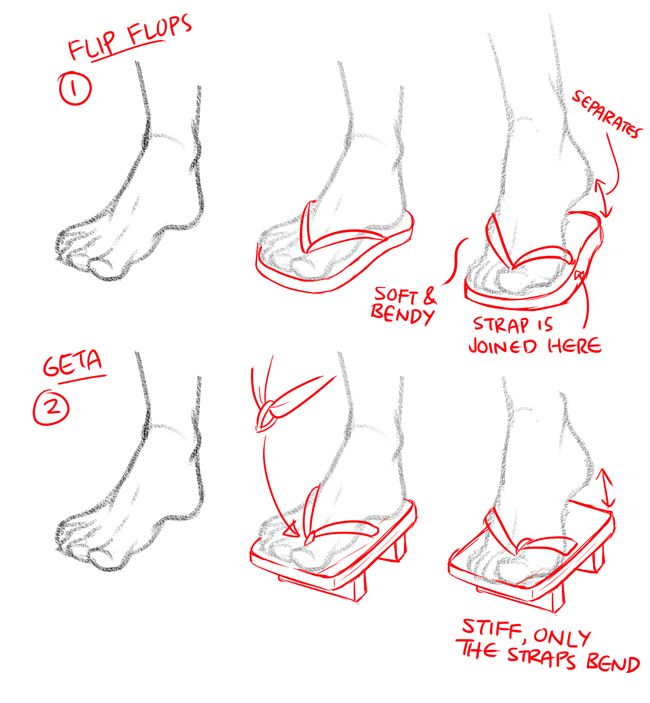
You can make an Epsom foot bath by adding one cup of Epsom salts to a tub of warm water. Soak your feet in this mixture for around twenty minutes for relief.
You can also try some stretching exercises to help your sore feet. You can target one area of your foot like your toes or heel, or you can engage in several stretches to target your entire foot. These exercises can prevent cramping and promote flexibility:
Keeping your feet flexible and strong are keys to avoiding foot pain.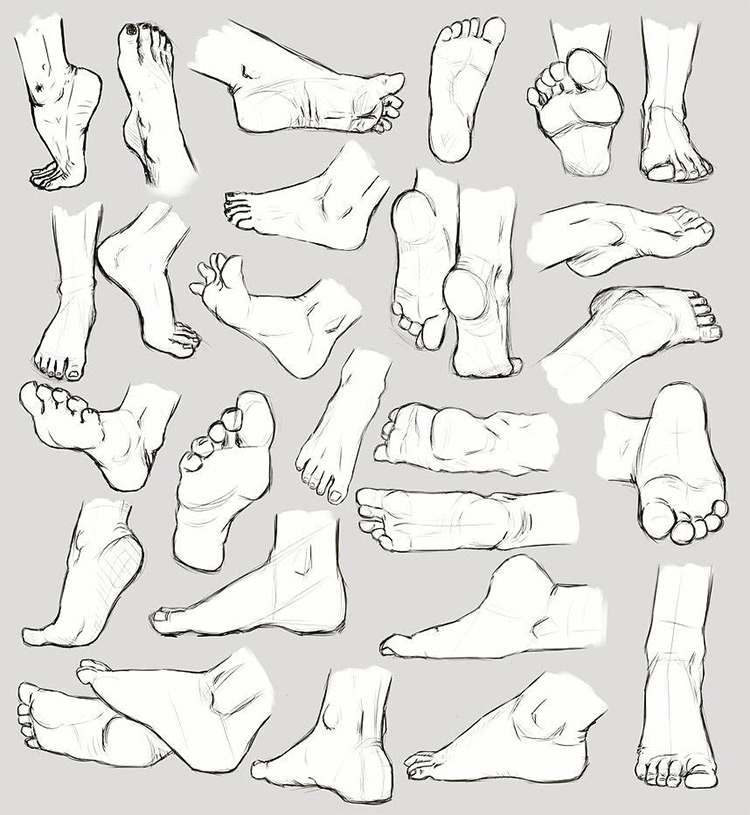 Walking regularly for exercise is actually the best way to keep your feet limber and healthy. Avoid engaging in a lifestyle that is too sedentary. A pedometer may be a way to make sure you’re walking enough and keeping your feet active.
Walking regularly for exercise is actually the best way to keep your feet limber and healthy. Avoid engaging in a lifestyle that is too sedentary. A pedometer may be a way to make sure you’re walking enough and keeping your feet active.
You can also try resistance exercises to strengthen your feet and prevent future soreness. You can use resistance bands or weights to build strength in your feet. Even your own body weight can serve you in resistance training.
Here are a few strengthening exercises for your feet:
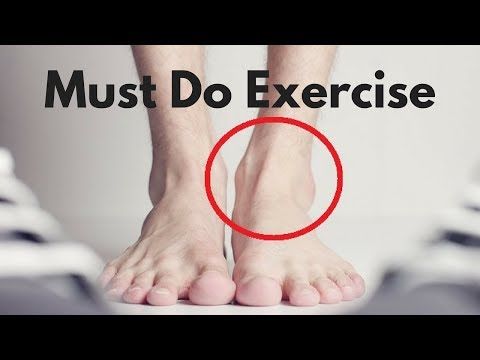 Repeat several times. This will stretch your heel.
Repeat several times. This will stretch your heel. You can massage your own feet to help soreness and improve circulation. Sit down in a comfortable chair and rub and knead the bottoms of your feet. Pull apart and bend your toes to massage them. Using lotion or oil can help lubricate your skin, making it easier to massage the foot.
Products like foot rollers (which are textured cylinders), may also help massage the foot if you roll it on the floor with your feet.
Arch supports, or orthotics, can keep your feet stable while standing or walking, eliminating pain. You can purchase these at the store or have them custom made for you by a doctor. Both have shown to be effective in eliminating rear foot pain and improving overall foot functioning.
See arch supports for purchase online here.
Your shoes could be the culprit for your foot pain. Wearing shoes beyond their life span, the wrong style of shoe, or an incorrect shoe size can impact the health of your feet.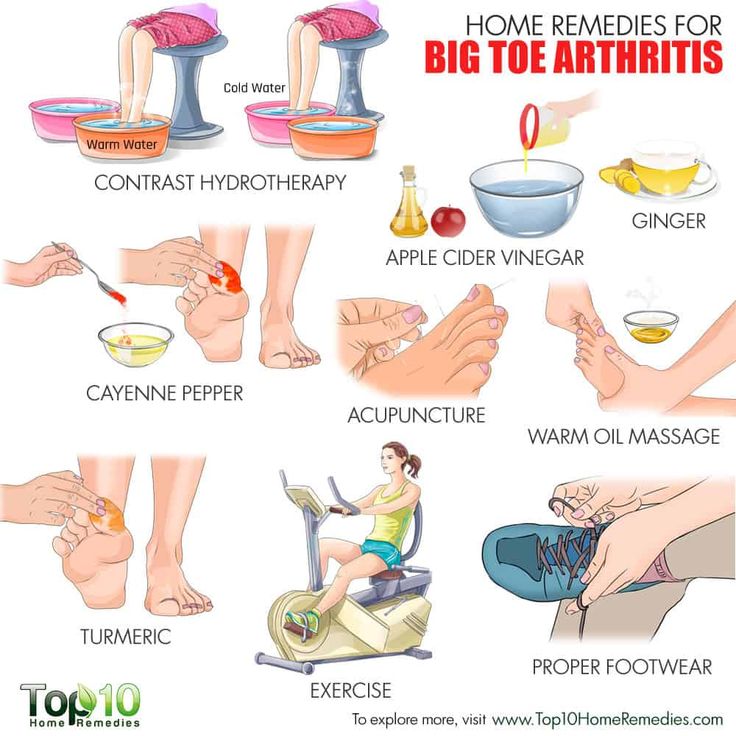
Keep in mind:
Consider purchasing new, well-fitting shoes to help your aching feet. Shoes that provide proper arches can give your feet new life. Also, wear shoes that work for whatever activity you’re engaging in. For example, wear sneakers when exercising.
Icing your feet can reduce inflammation that causes soreness. Apply ice to sore feet by filling a plastic bag with ice or rolling your feet on a frozen water bottle. Try to ice the affected area for 5 to 15 minutes a few times a day to help reduce inflammation.
There are several over-the-counter medications you can try for pain and inflammation. Medications like acetaminophen can target pain, while nonsteroidal anti-inflammatories, like ibuprofen and naproxen sodium, can target pain as well as inflammation.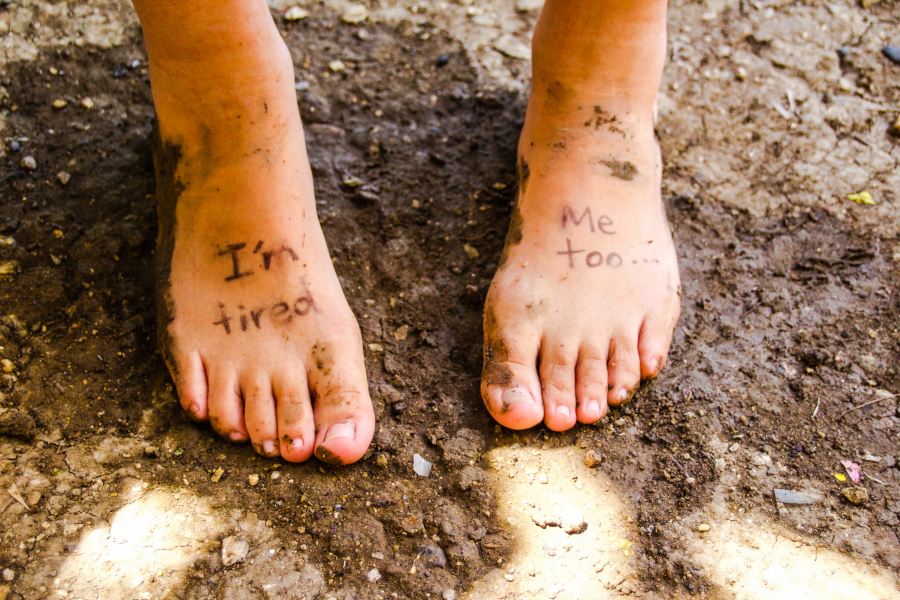
You may need to take these types of medications for a few weeks to completely relieve long-lasting foot inflammation. It may be helpful to talk to a doctor to find out how long you can take one of these medications and avoid the side effects.
You may find that applying a medication topically to your foot helps with foot pain. There are some products available over the counter that offer cooling and pain-relieving sensations. Some of these medications include ingredients like menthol, eucalyptus, and turpentine. Others contain salicylates or substance P to reduce pain.
You may be able to address foot pain while you’re sleeping. Night splints keep your feet in a locked position overnight so you don’t sleep with your feet pointing, which can cause foot pain.
One study suggests that night splints may be a cost-effective and useful way to treat plantar fasciitis, a common foot condition that affects up to 1 million people per year.
Buy night splints online.
Before you try home remedies for sore feet, consider if you have a more serious condition that should be seen by a doctor. You may have injured your foot or developed a condition that can only be treated by your doctor.
You may have injured your foot or developed a condition that can only be treated by your doctor.
Contact your doctor if you:
You should contact your doctor right away if you have diabetes and experience any abnormalities with your feet, as this could be the sign of a serious condition.
There are many methods you can try to relieve sore feet at home. Try a few of these in combination to soothe your sore feet. Keep in mind that it may take some time for your sore feet to feel better.
Contact your doctor if you suspect a more serious foot condition, or if you have severe foot pain.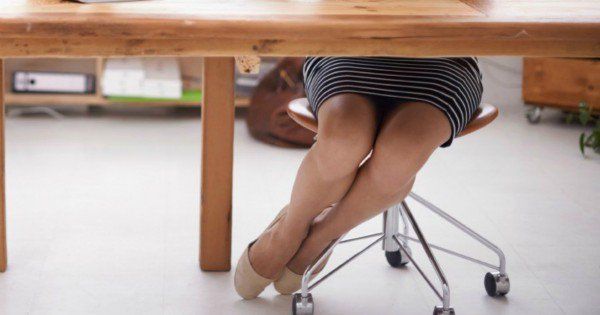 If you have diabetes and experience foot pain, call your doctor immediately.
If you have diabetes and experience foot pain, call your doctor immediately.
Everyone has heard that a contrast shower invigorates the body. But this technology can also be applied locally. Contrasting foot baths are a great way to relieve fatigue, improve blood circulation, and cleanse the skin. In addition, contrasting temperatures contribute to an increase in the tone of the body as a whole, activating the central nervous system and spurring the immune system.
How to make foot baths:
You can also use hot and cold baths separately. Hot ones are suitable if the legs feel cold or heavy, and cool ones are suitable when you need to relieve fatigue and pain. It is better to increase the temperature of the hot bath gradually, so you will contribute to the gradual expansion of blood vessels.
Hot ones are suitable if the legs feel cold or heavy, and cool ones are suitable when you need to relieve fatigue and pain. It is better to increase the temperature of the hot bath gradually, so you will contribute to the gradual expansion of blood vessels.
The healing power of a relaxing foot massage is impossible to ignore. Firstly, it is pleasant, and secondly, it really helps to relieve muscle tension and improve blood flow. The correct sequence is important here: it’s worth starting with kneading the heels and arch of the foot. Then you can proceed to more "aggressive" actions, pressing the knuckles on the foot and making circular movements. Then the inner arch of the foot needs to be rubbed quite intensively (from heel to toe). But when massaging the calves and shins, it is worth making gentle movements from the bottom up.
It is recommended to apply foot gel with troxerutin after the massage. It tones and pleasantly cools, and also has anti-inflammatory, anti-edematous and antioxidant effects.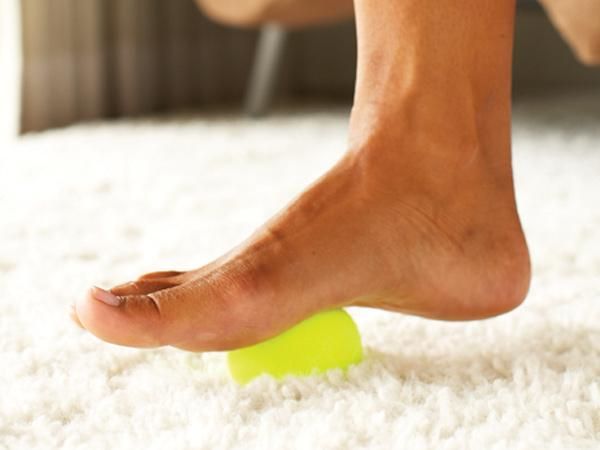 There are two of them in the CONSUMED assortment: a gel containing 2% troxerutin and a gel with the addition of additional components - leech extract and horse chestnut (you can use the one that will give you the best effect on an ongoing basis, everything is individual).
There are two of them in the CONSUMED assortment: a gel containing 2% troxerutin and a gel with the addition of additional components - leech extract and horse chestnut (you can use the one that will give you the best effect on an ongoing basis, everything is individual).
It is useful to complete the massage with kneading exercises: circular rotations of the feet, walking on tiptoe and heels, raising the legs up. Exercise will also help absorb the gel.
If the legs are chronically disturbed, there may be problems with the veins and blood vessels: a tendency to varicose veins, lymphovenous insufficiency. In such cases, you should immediately consult a doctor who will prescribe the best course of treatment. The course program often includes dietary supplements based on Diosmin and Hesperidin as aids. They help reduce vein extensibility and control venous congestion, reduce capillary permeability, increase their resistance (stability).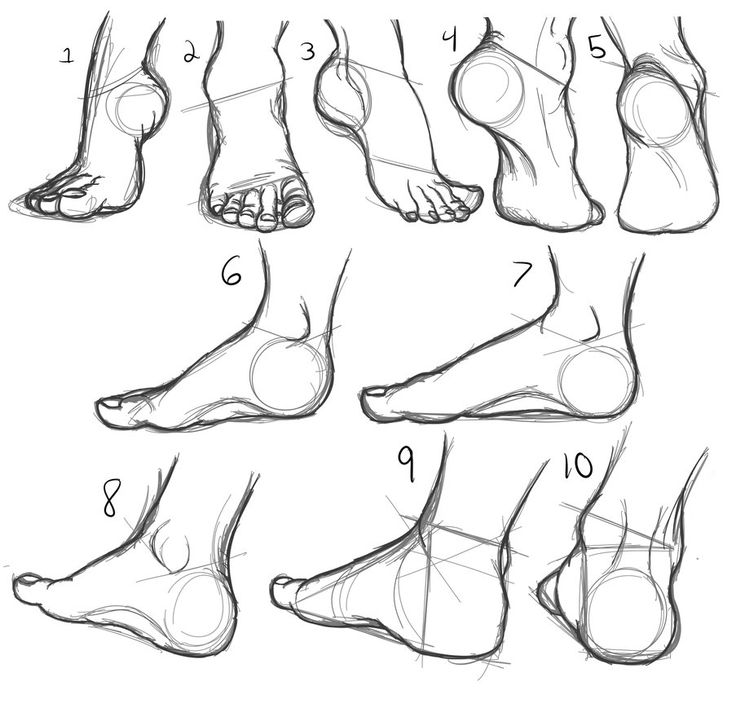
The CONSUMED assortment includes venotonic foot products based on these components: Flebonne and Venotonic.
Venotonic promotes:
Phlebonnet helps:
Preparations can be found in two forms of release: 30 and 60 tablets.
dietary supplement. IS NOT A MEDICINE. BEFORE USE, IT IS RECOMMENDED TO CONSULT WITH A SPECIALIST.
Leg fatigue often occurs in a person after a busy day at work or after standing for a long time. Buzzing in the legs, heaviness of the ankle joint, pain in the calf muscles - all these are signs of a significant overload of the lower extremities. There is an opinion that if the legs are tired and there is a noticeable heaviness, then you just need to rest and everything will pass. But this opinion is wrong. It is important to know that constant pain in the lower extremities can lead to negative consequences for the whole body. By itself, the weakness of the legs is a stagnation of venous blood.
There is an opinion that if the legs are tired and there is a noticeable heaviness, then you just need to rest and everything will pass. But this opinion is wrong. It is important to know that constant pain in the lower extremities can lead to negative consequences for the whole body. By itself, the weakness of the legs is a stagnation of venous blood.
Timely taking the necessary measures will help get rid of the disease and prevent unpleasant consequences. It should be borne in mind that if leg fatigue is accompanied by varicose veins, then only a qualified specialist can cure this disease. If the lower limbs do not get tired regularly, but from time to time, then it is quite reasonable to use some tips.
 The slightest discomfort in the form of rubbing fingers or pressing on the heel can lead to the fact that soon a person will begin to have problems with the internal and external health of the legs. It is strictly forbidden to spend the whole day in shoes, especially for women who prefer shoes with high heels. During the day, it is necessary to release the legs from the load and give them rest. If a person’s lifestyle is associated with a constant sitting in a position, then you should get up every 3-4 hours and take a quiet walk for 10 minutes. Strange as it may sound, but the best exercise for tired legs is going up and down stairs.
The slightest discomfort in the form of rubbing fingers or pressing on the heel can lead to the fact that soon a person will begin to have problems with the internal and external health of the legs. It is strictly forbidden to spend the whole day in shoes, especially for women who prefer shoes with high heels. During the day, it is necessary to release the legs from the load and give them rest. If a person’s lifestyle is associated with a constant sitting in a position, then you should get up every 3-4 hours and take a quiet walk for 10 minutes. Strange as it may sound, but the best exercise for tired legs is going up and down stairs. 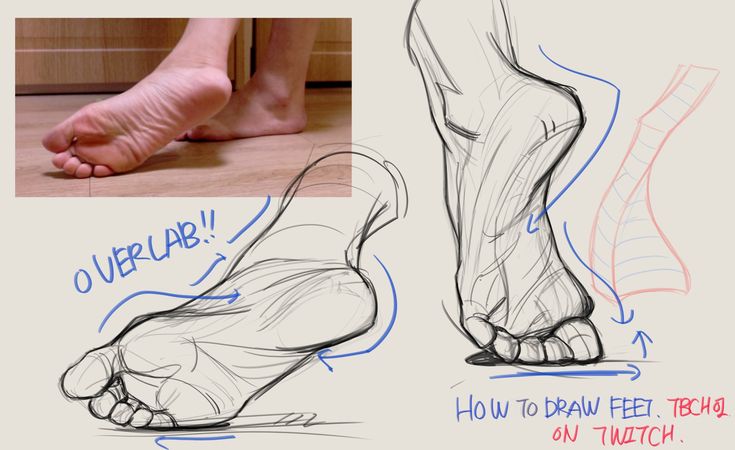 For people who suffer from varicose veins, any type of self-massage is not recommended.
For people who suffer from varicose veins, any type of self-massage is not recommended. 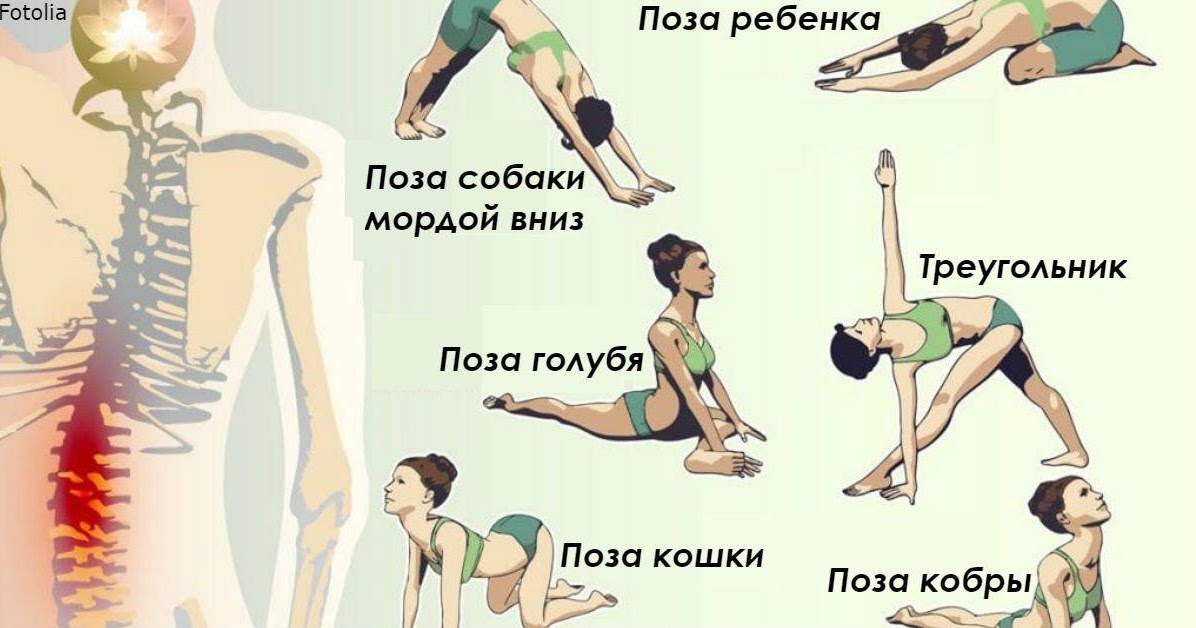 The duration of the procedure is 5-10 minutes. But you need to finish the relaxing session with cold water. After that, the steamed limbs are wiped with a soft towel and smeared with a moisturizer.
The duration of the procedure is 5-10 minutes. But you need to finish the relaxing session with cold water. After that, the steamed limbs are wiped with a soft towel and smeared with a moisturizer. 